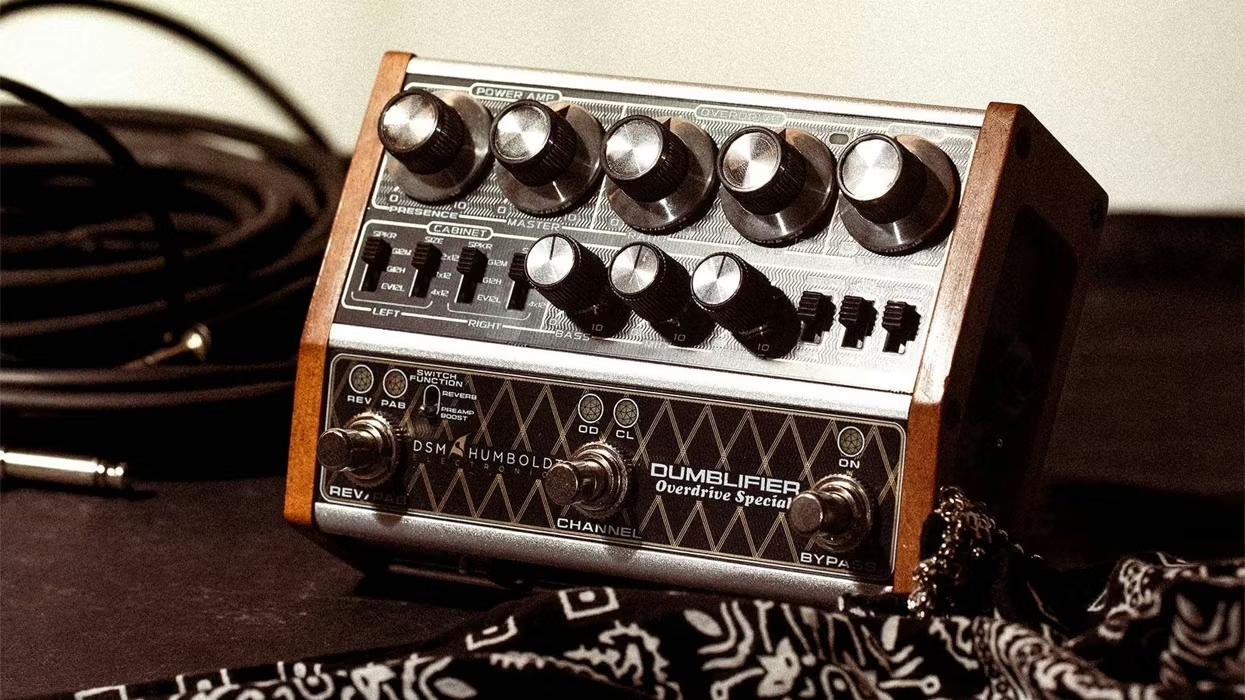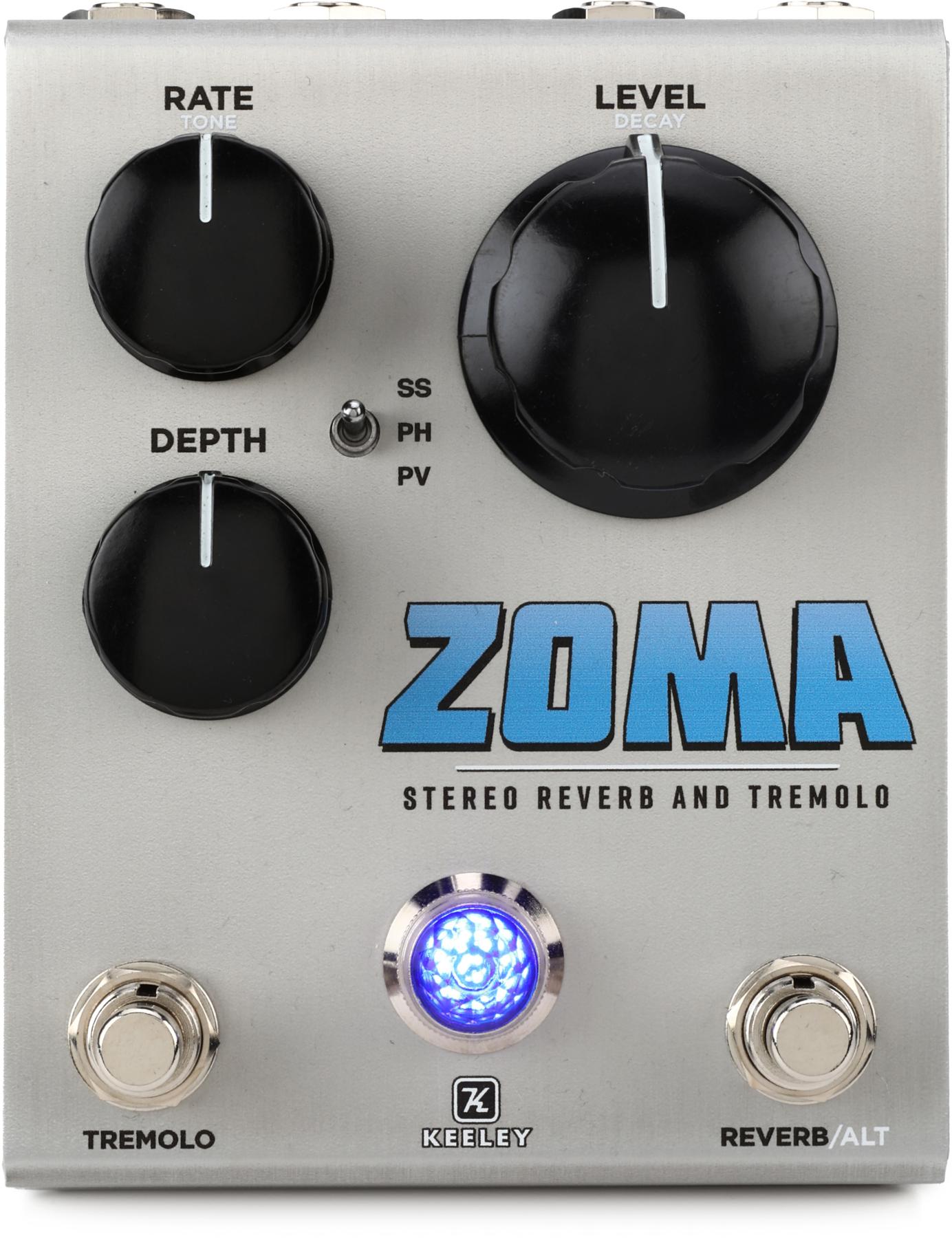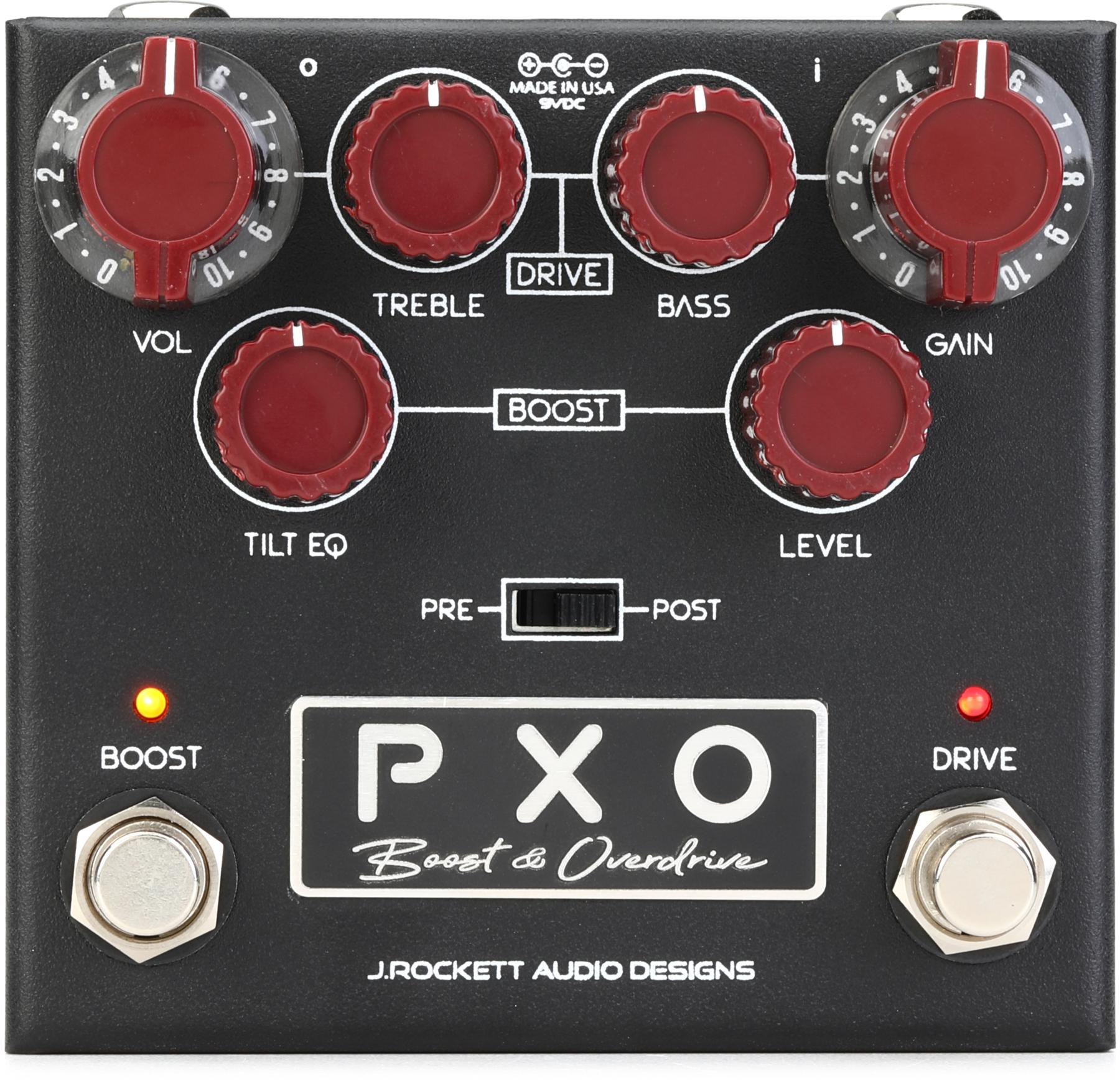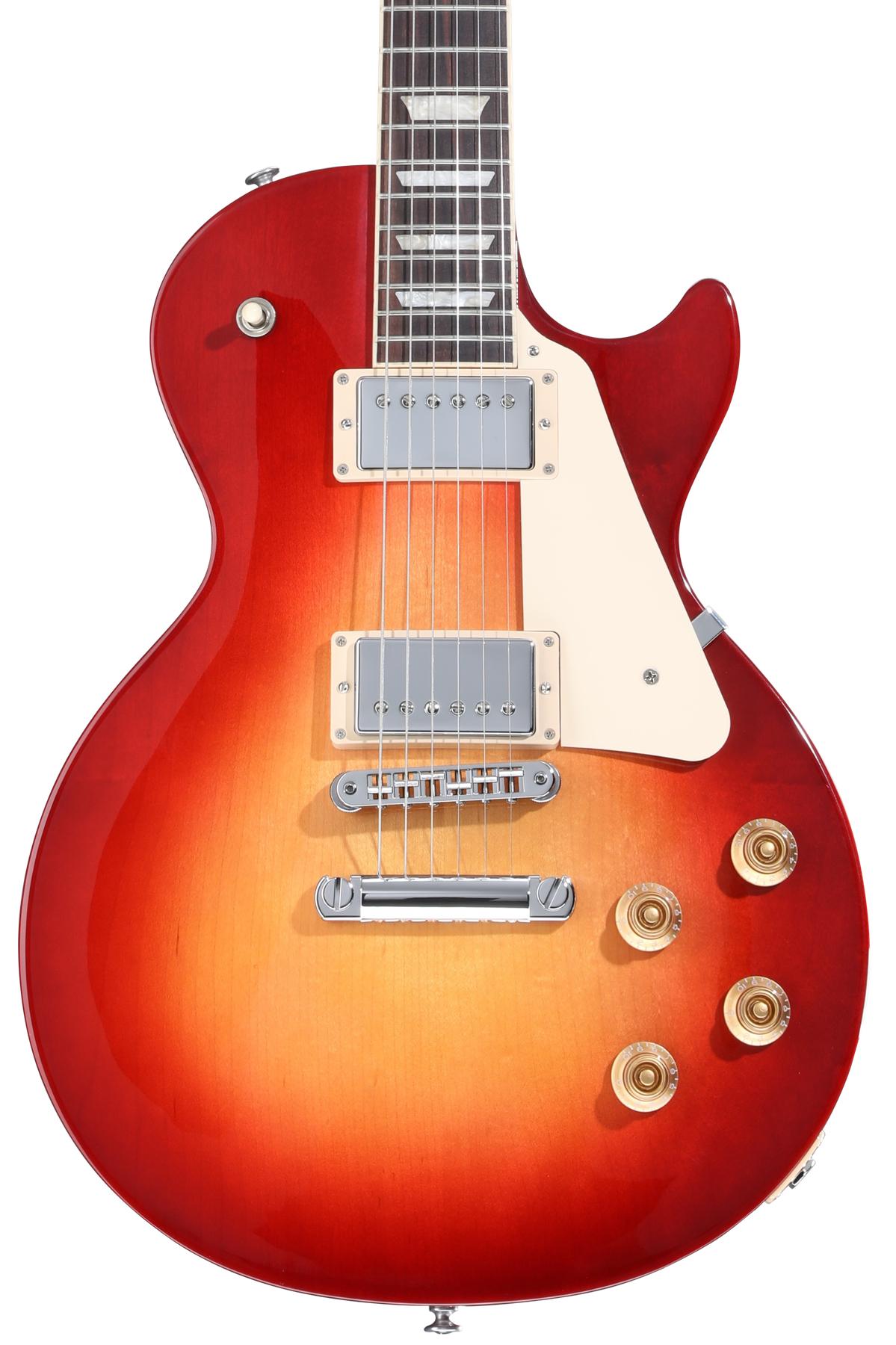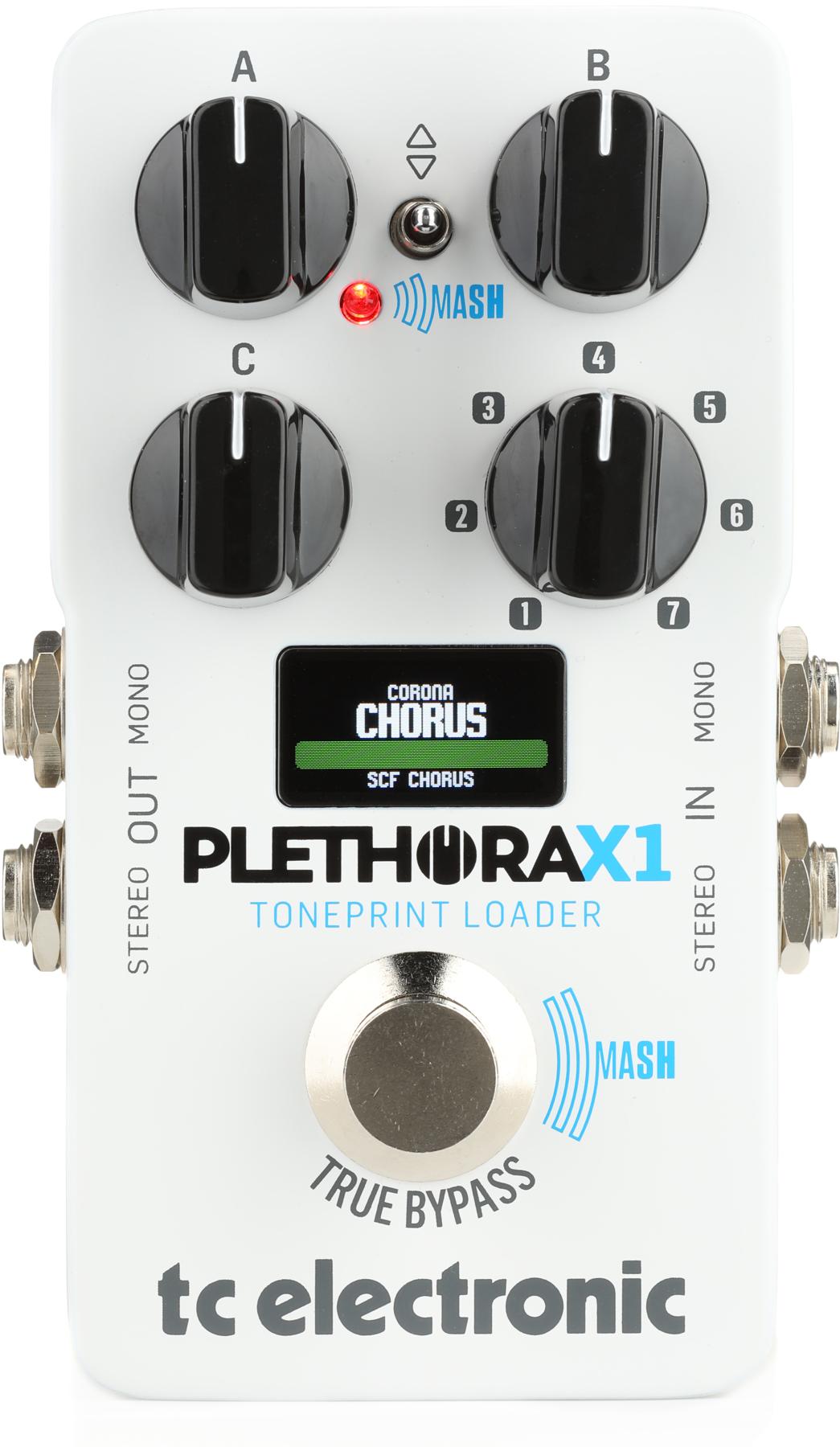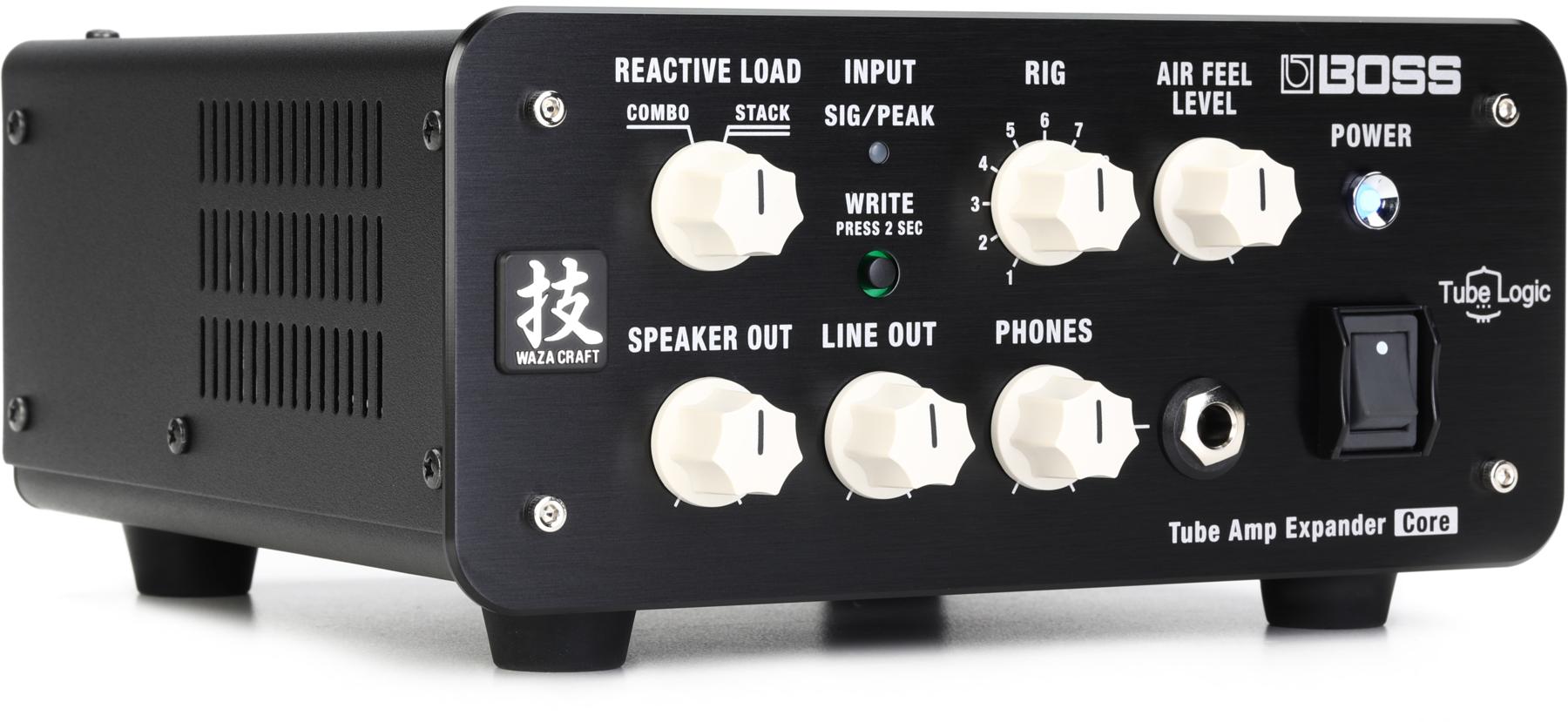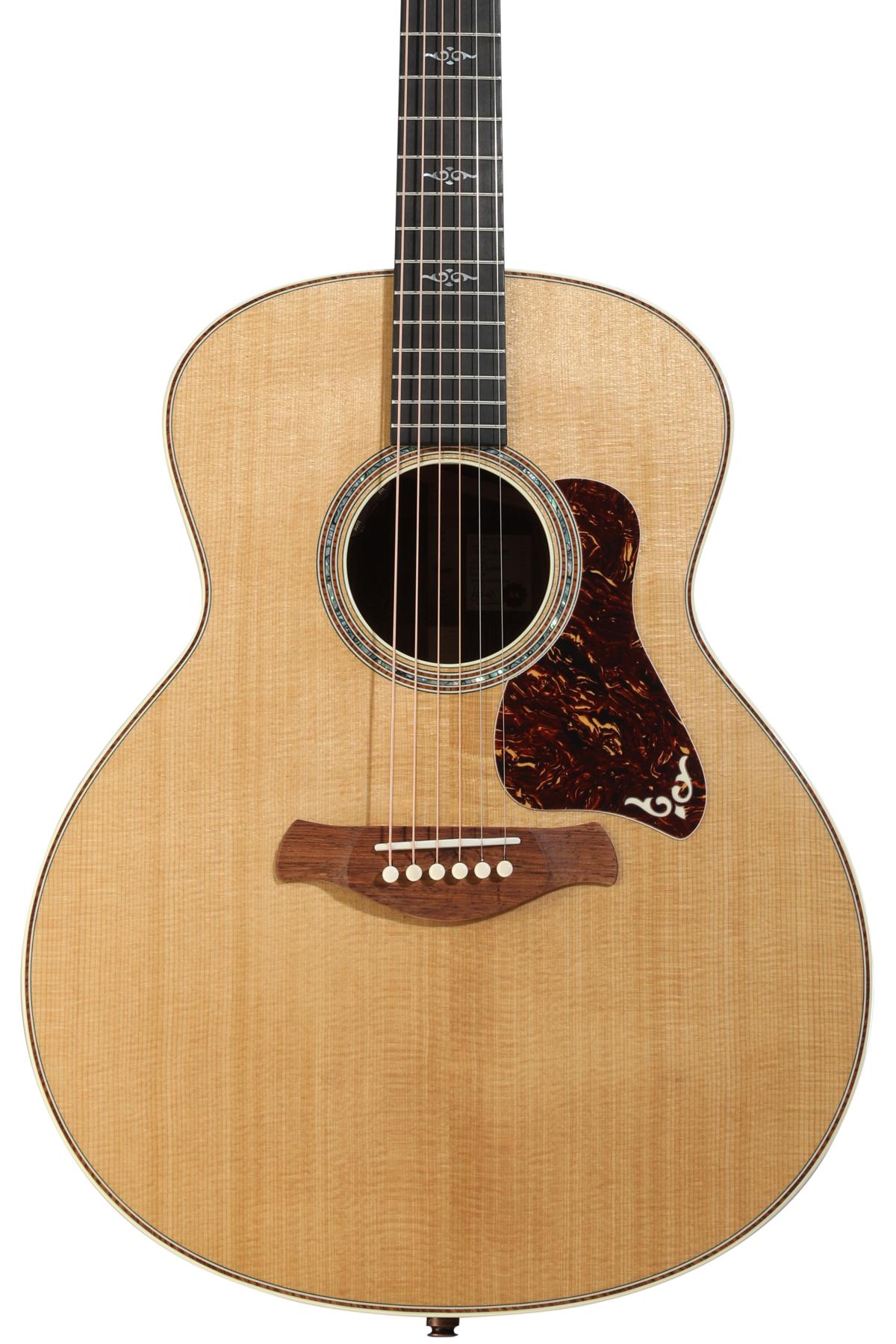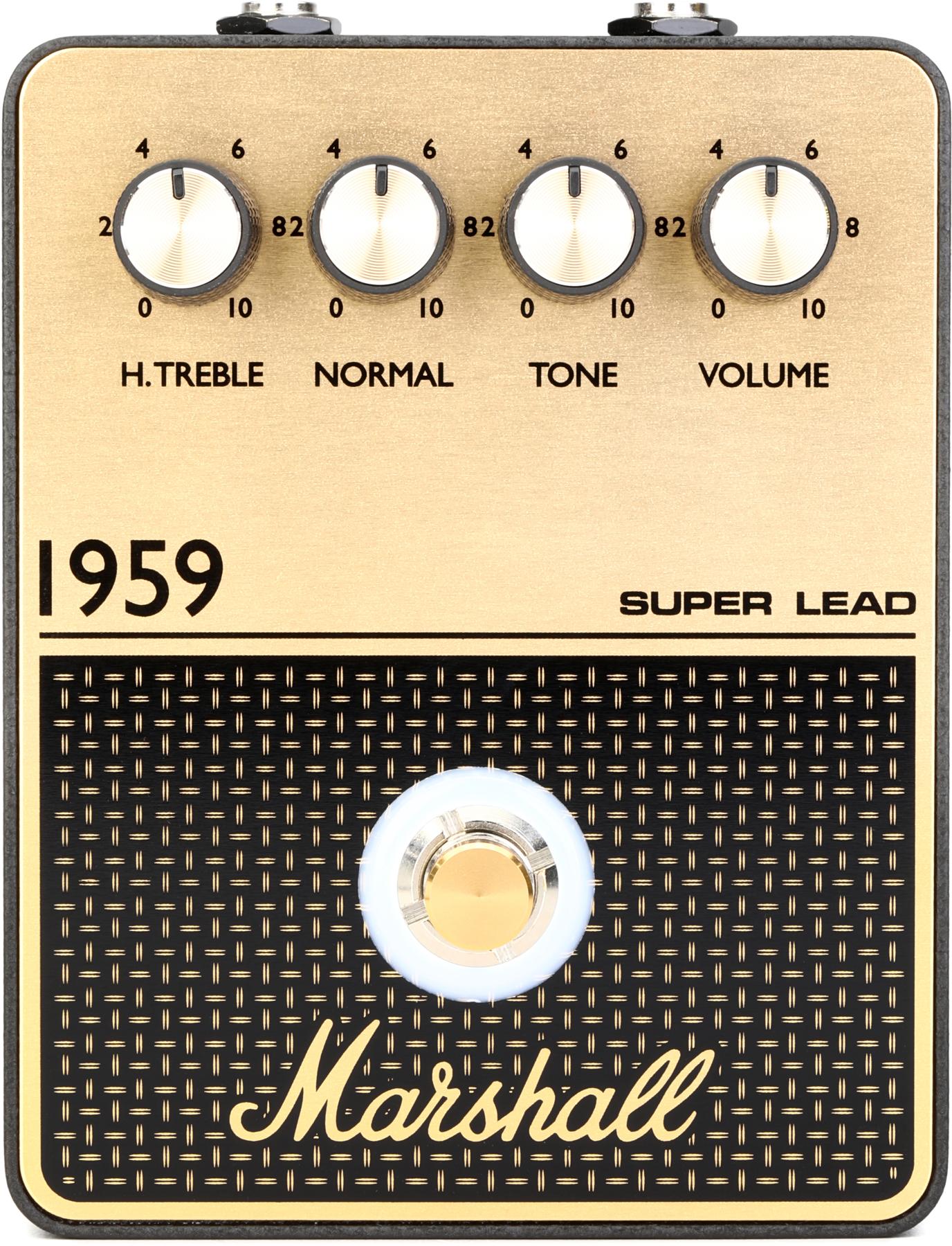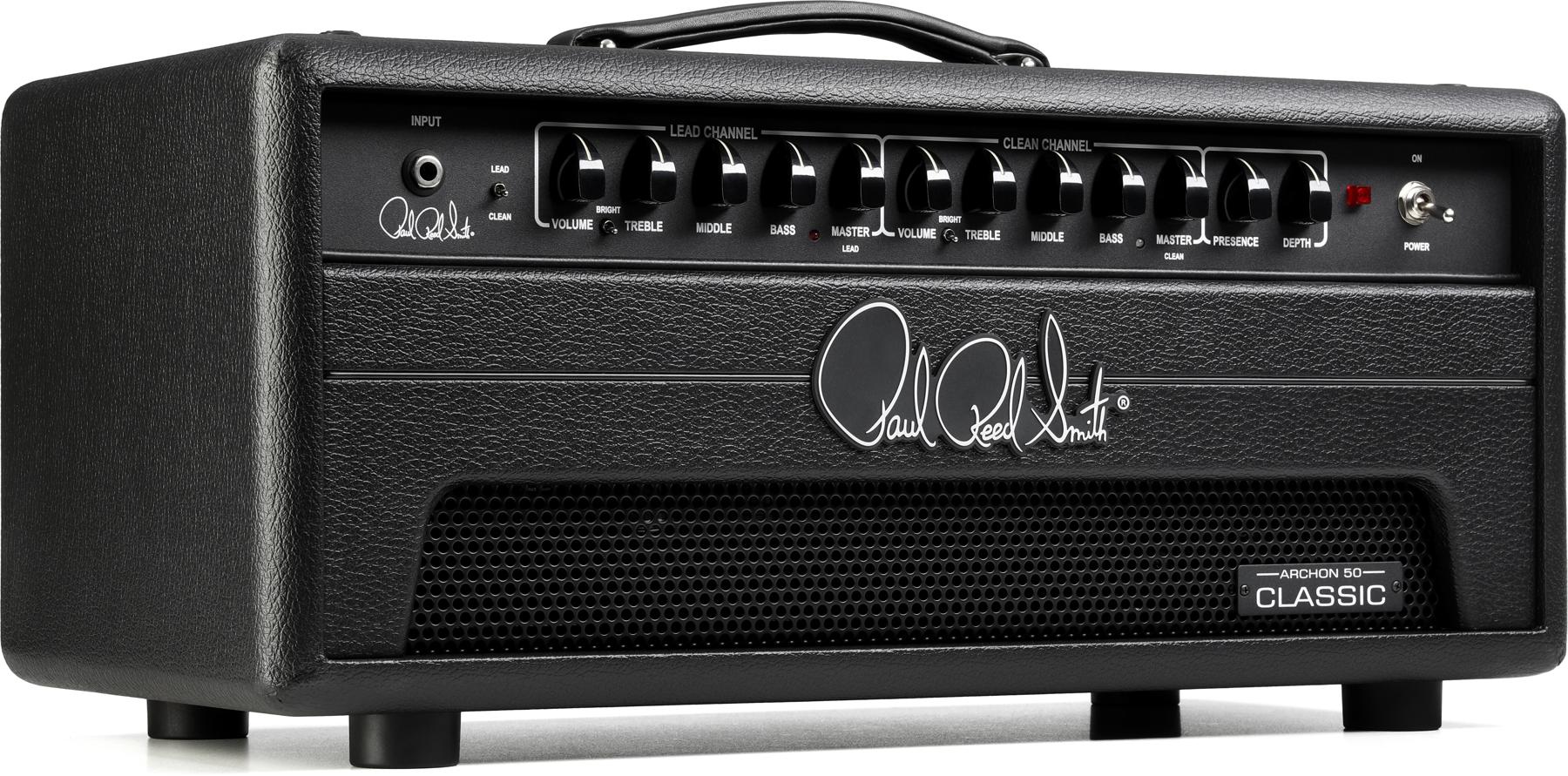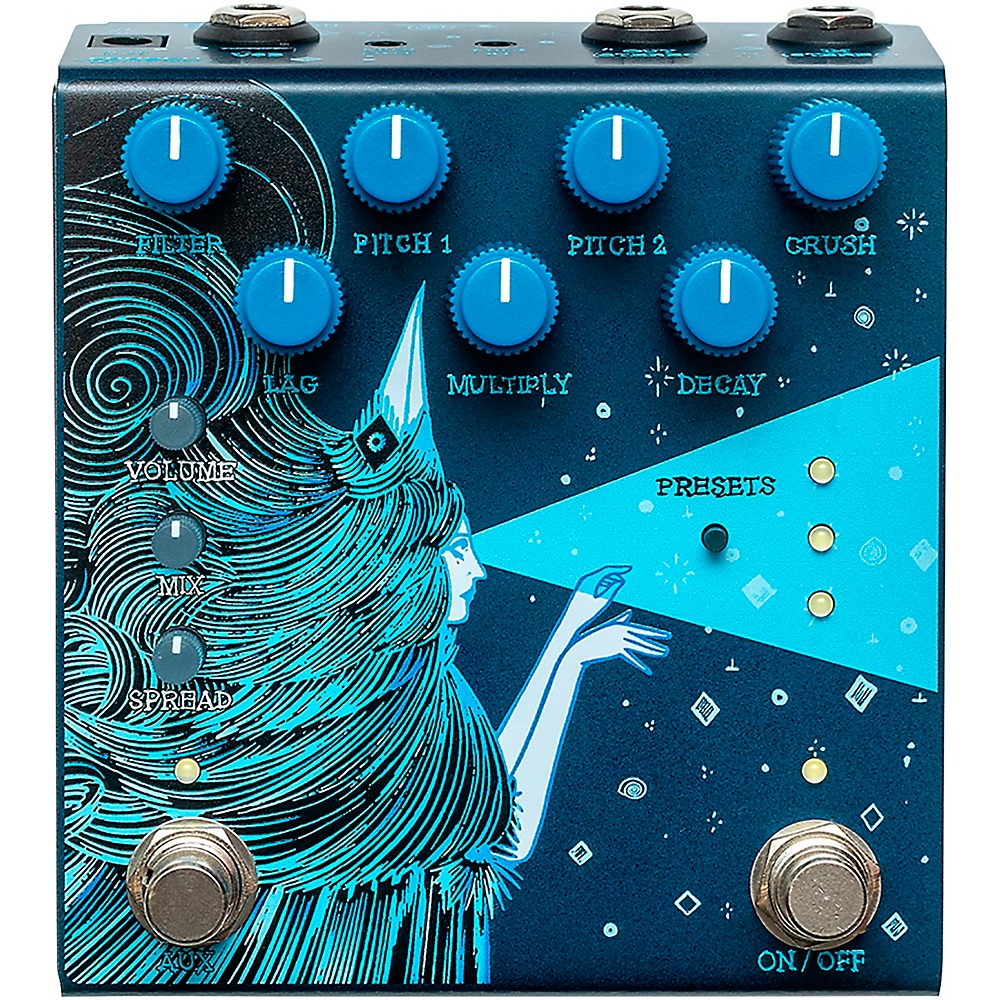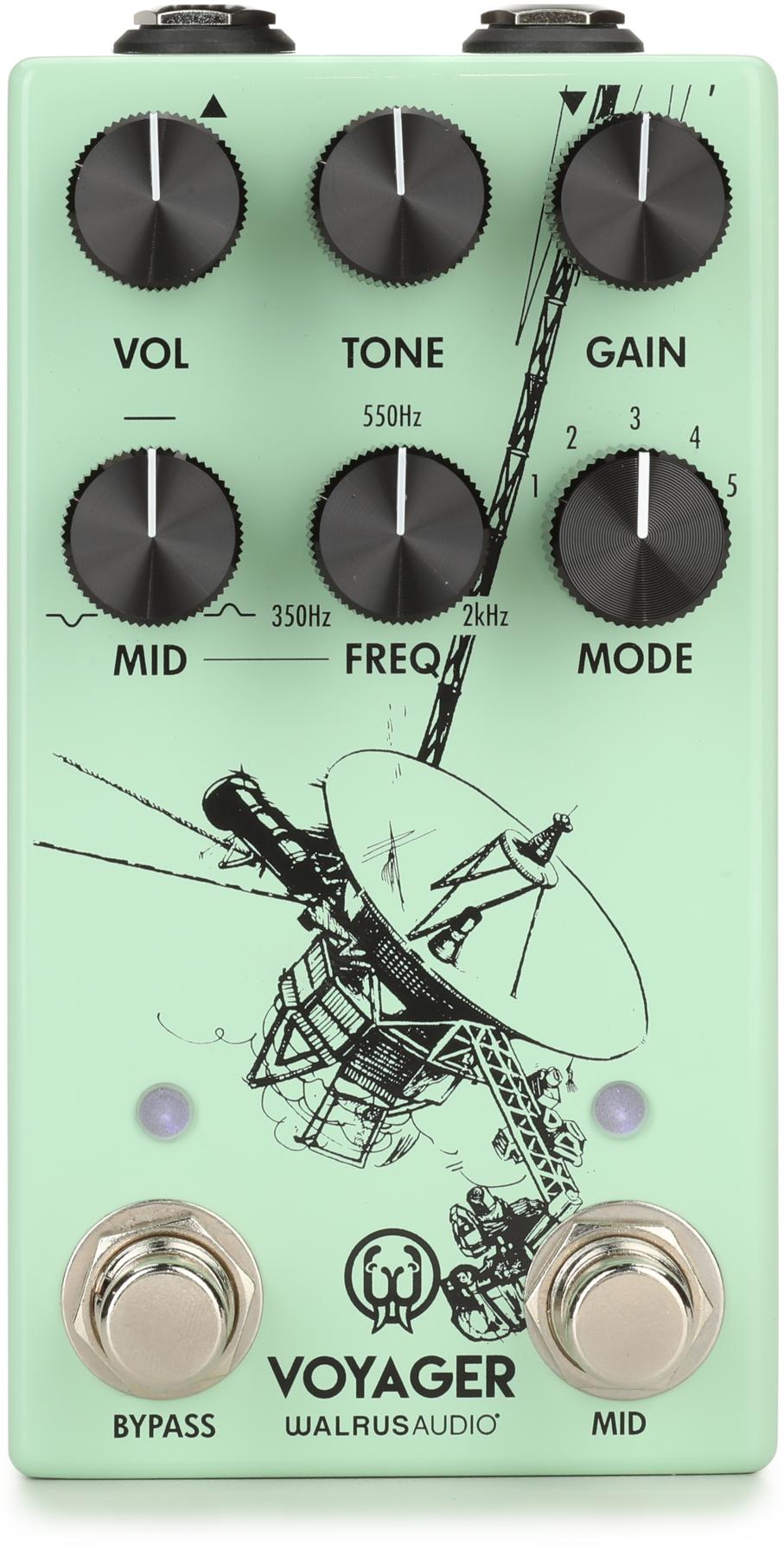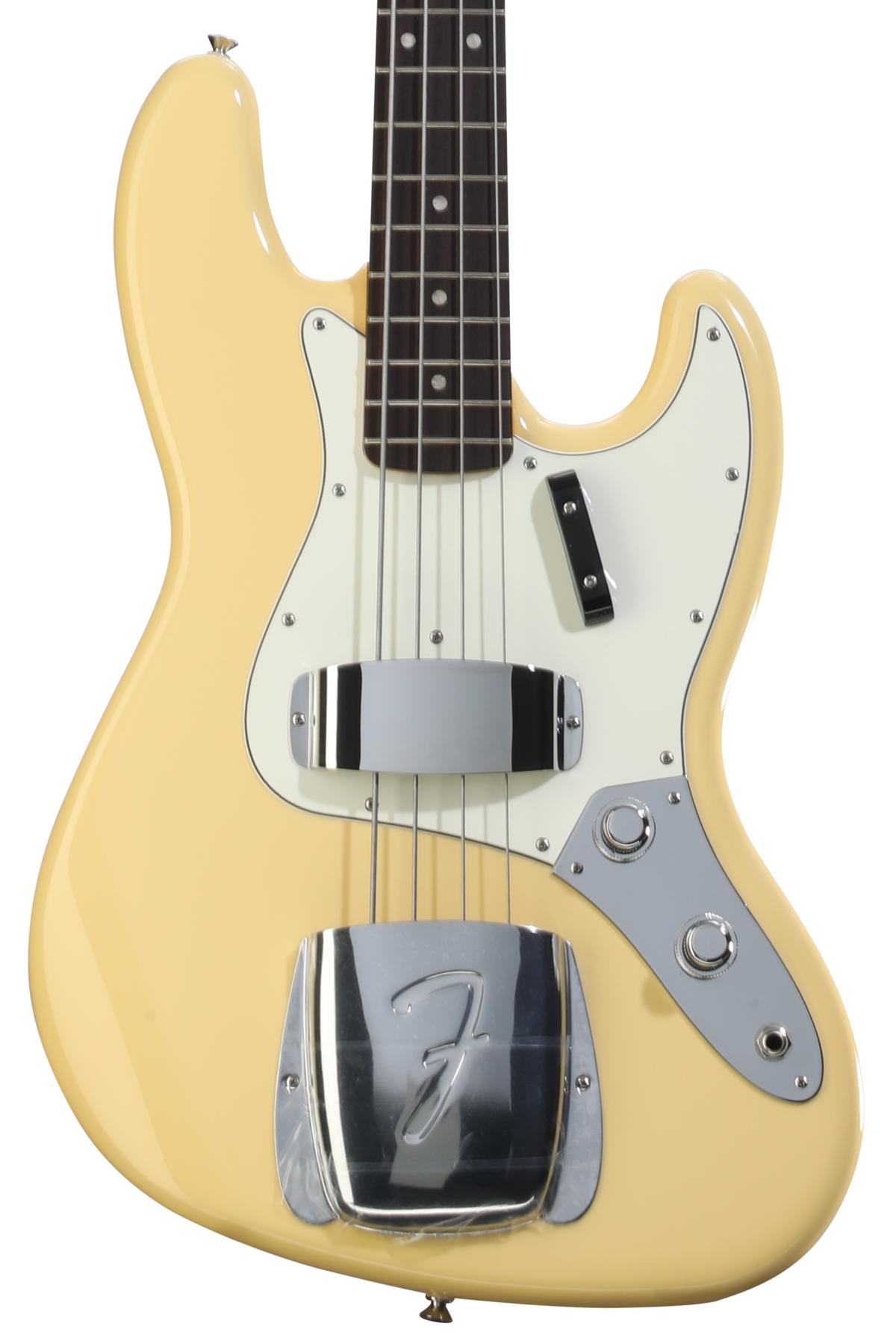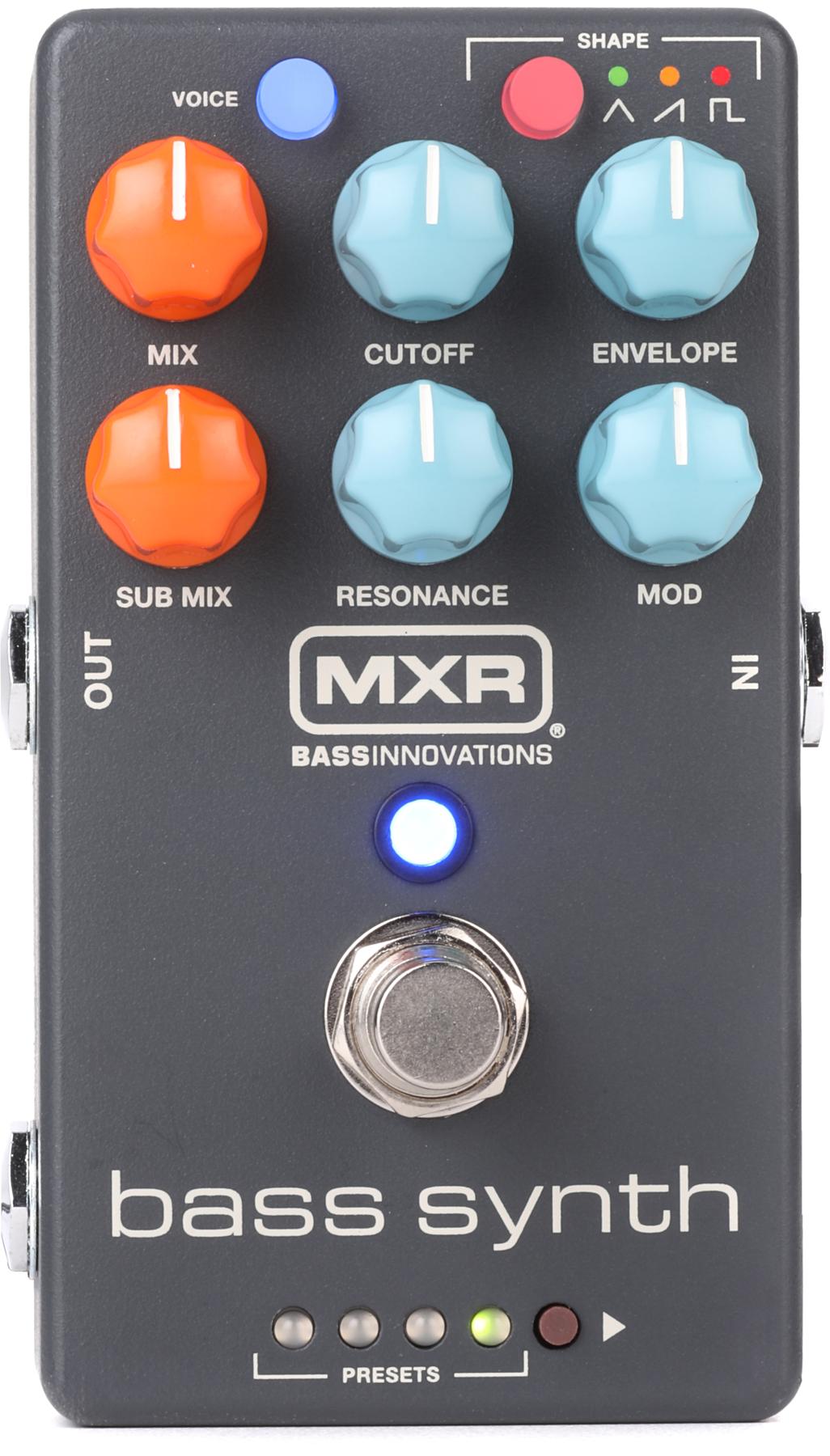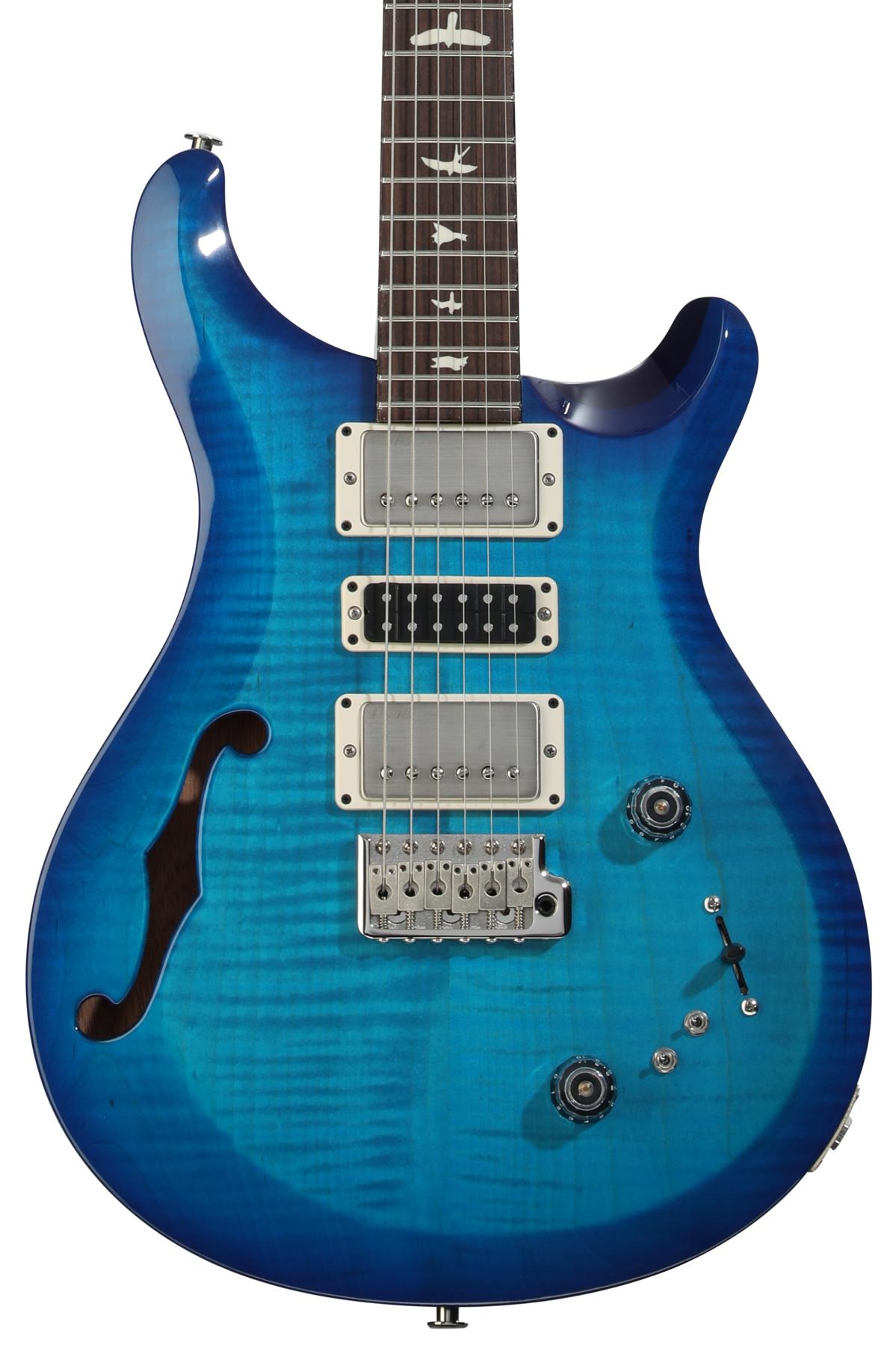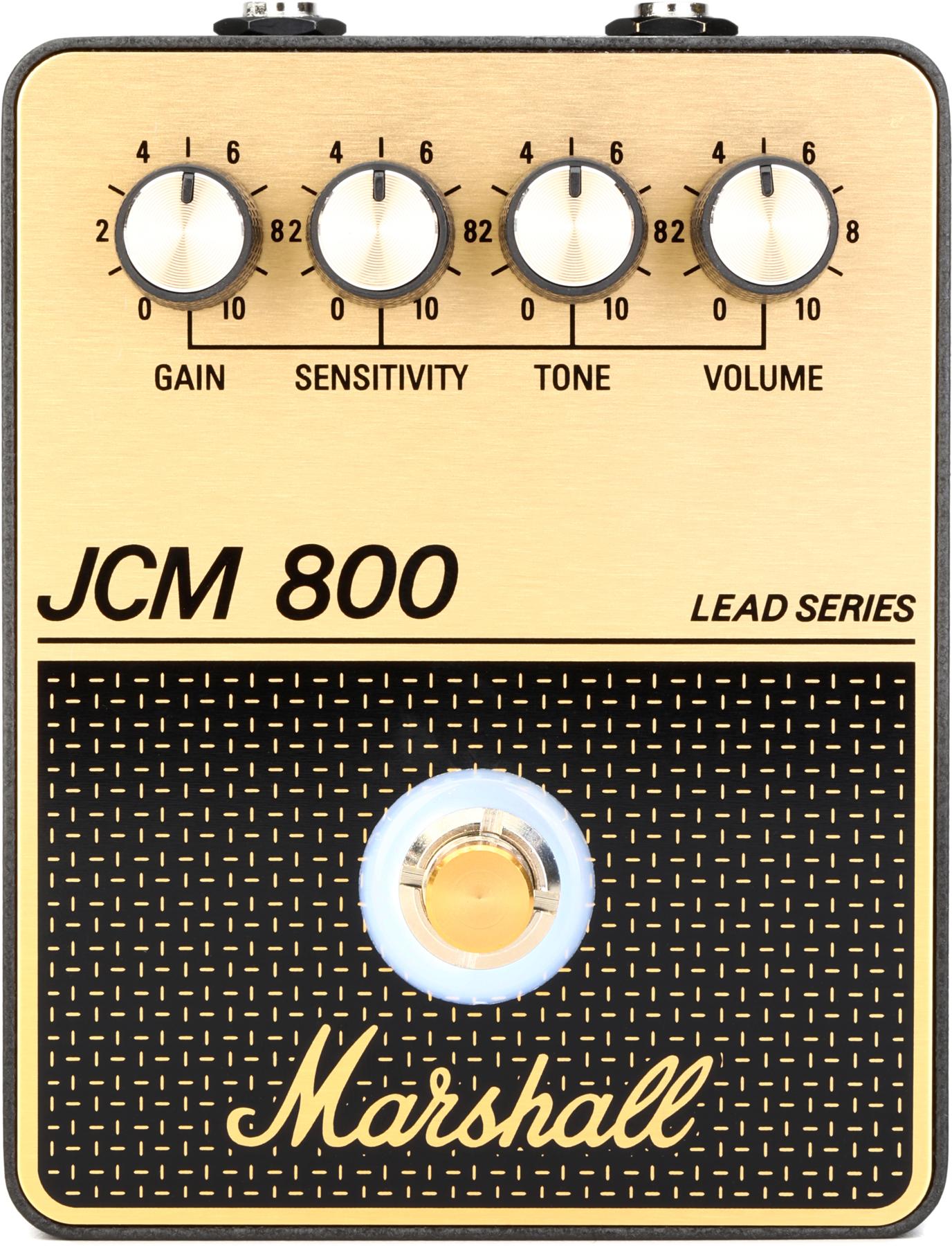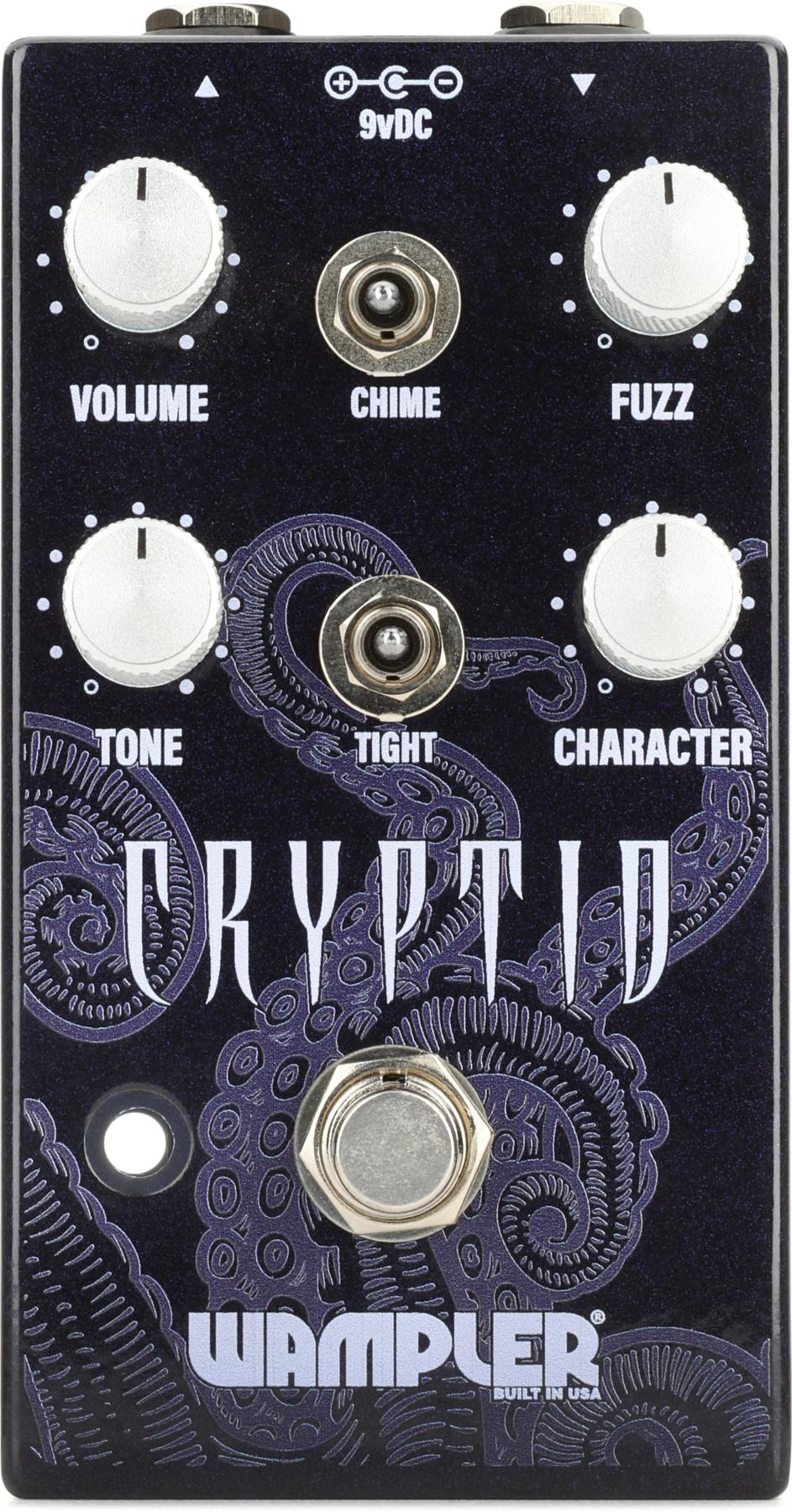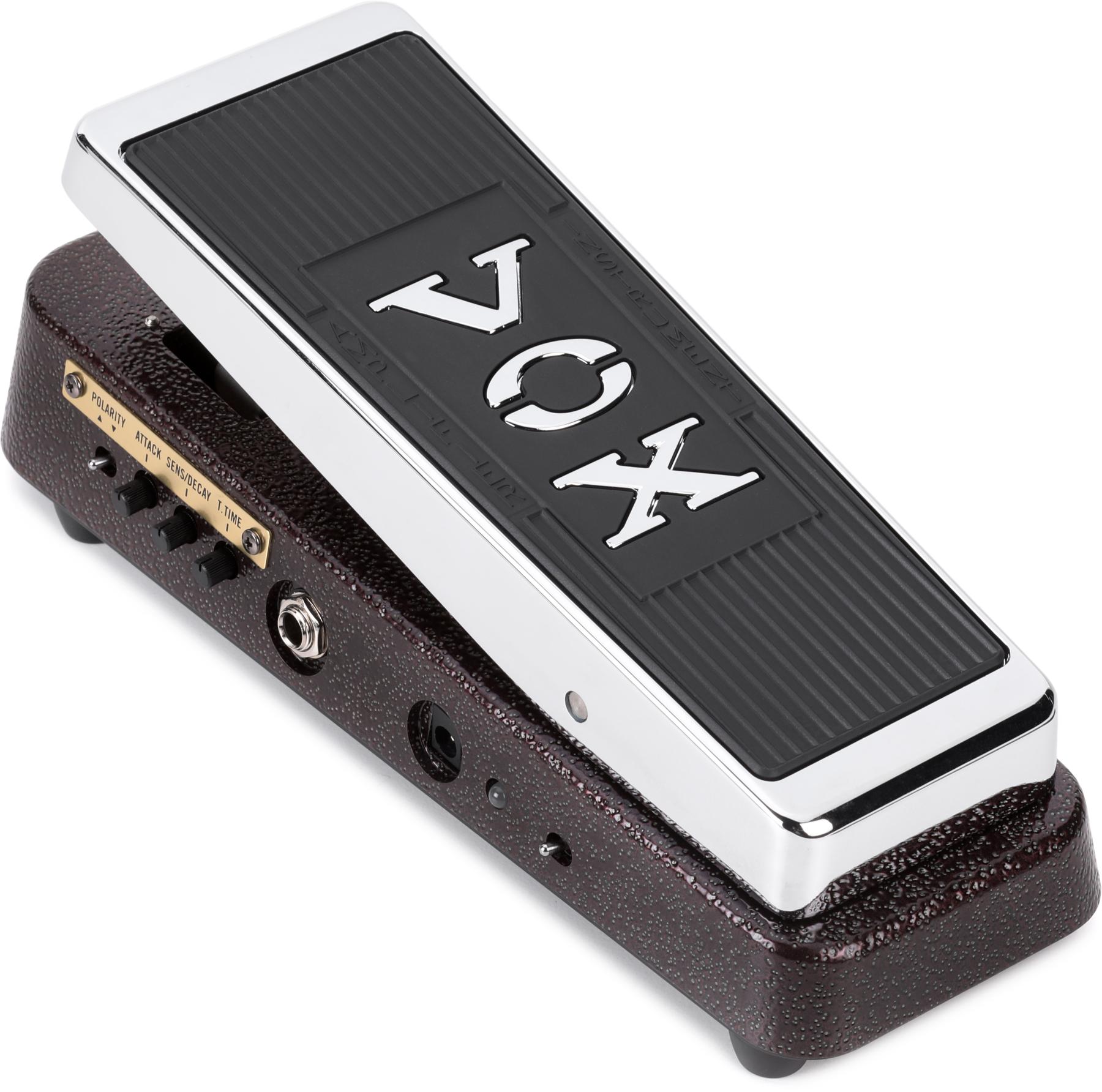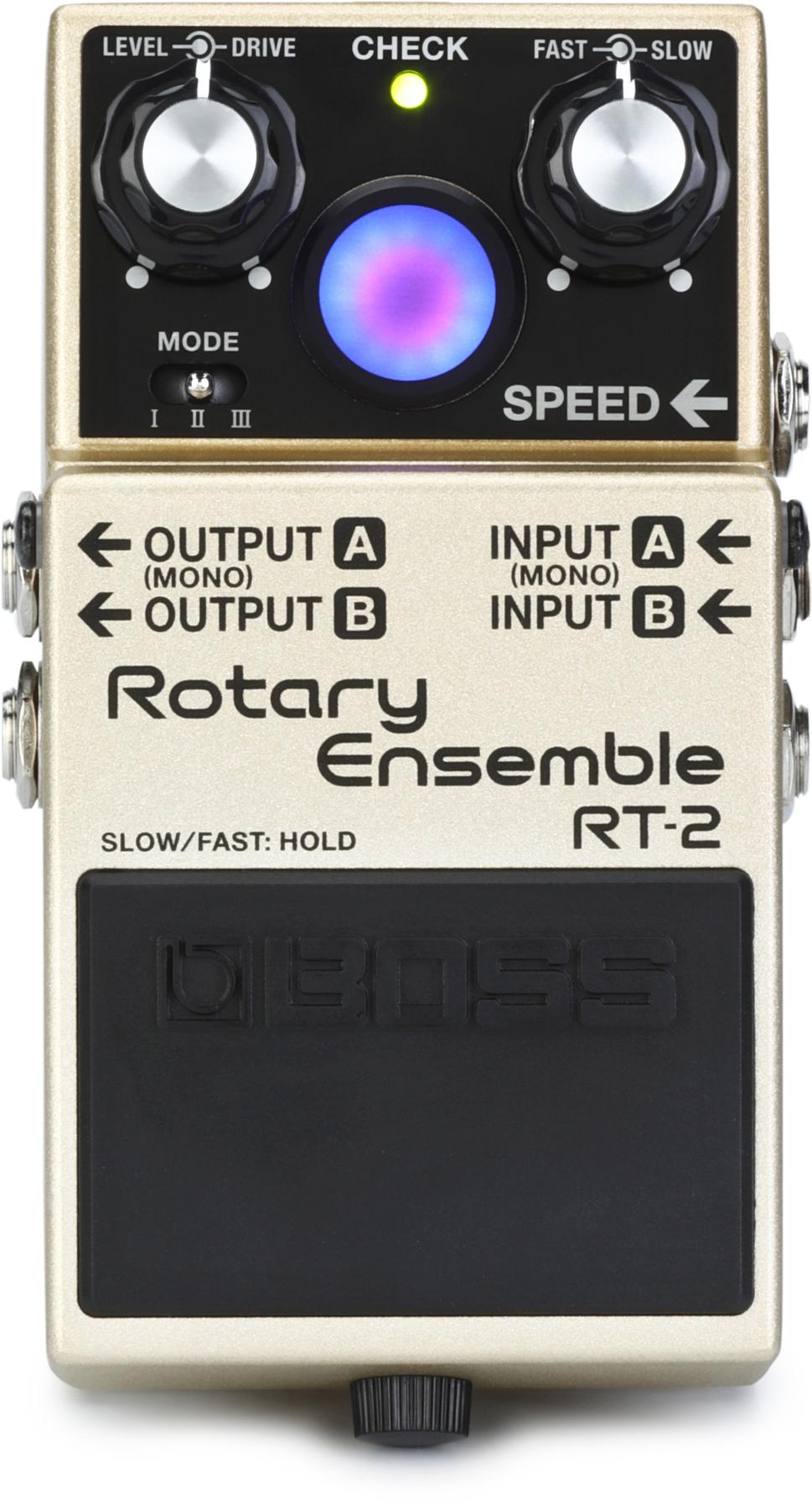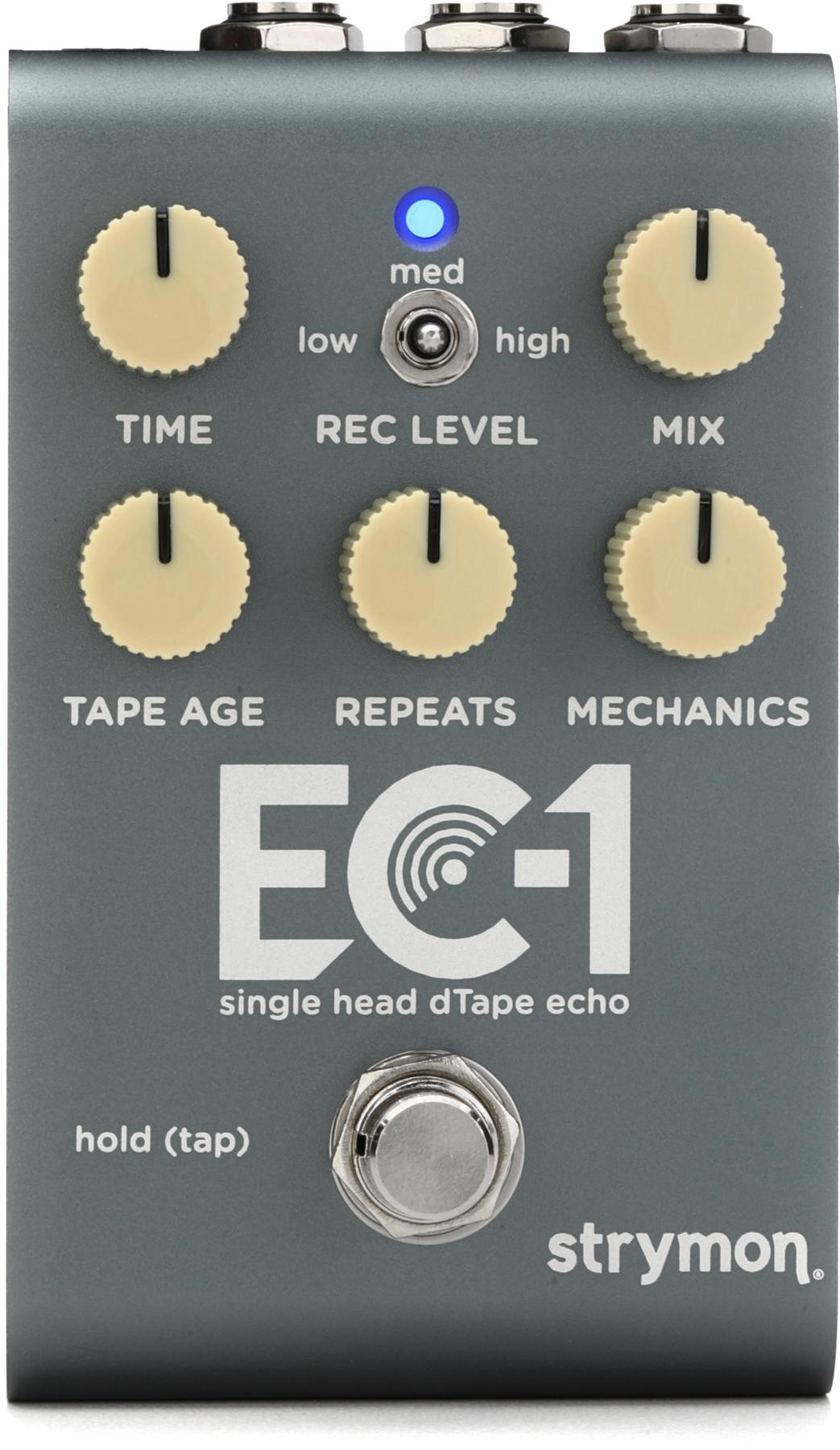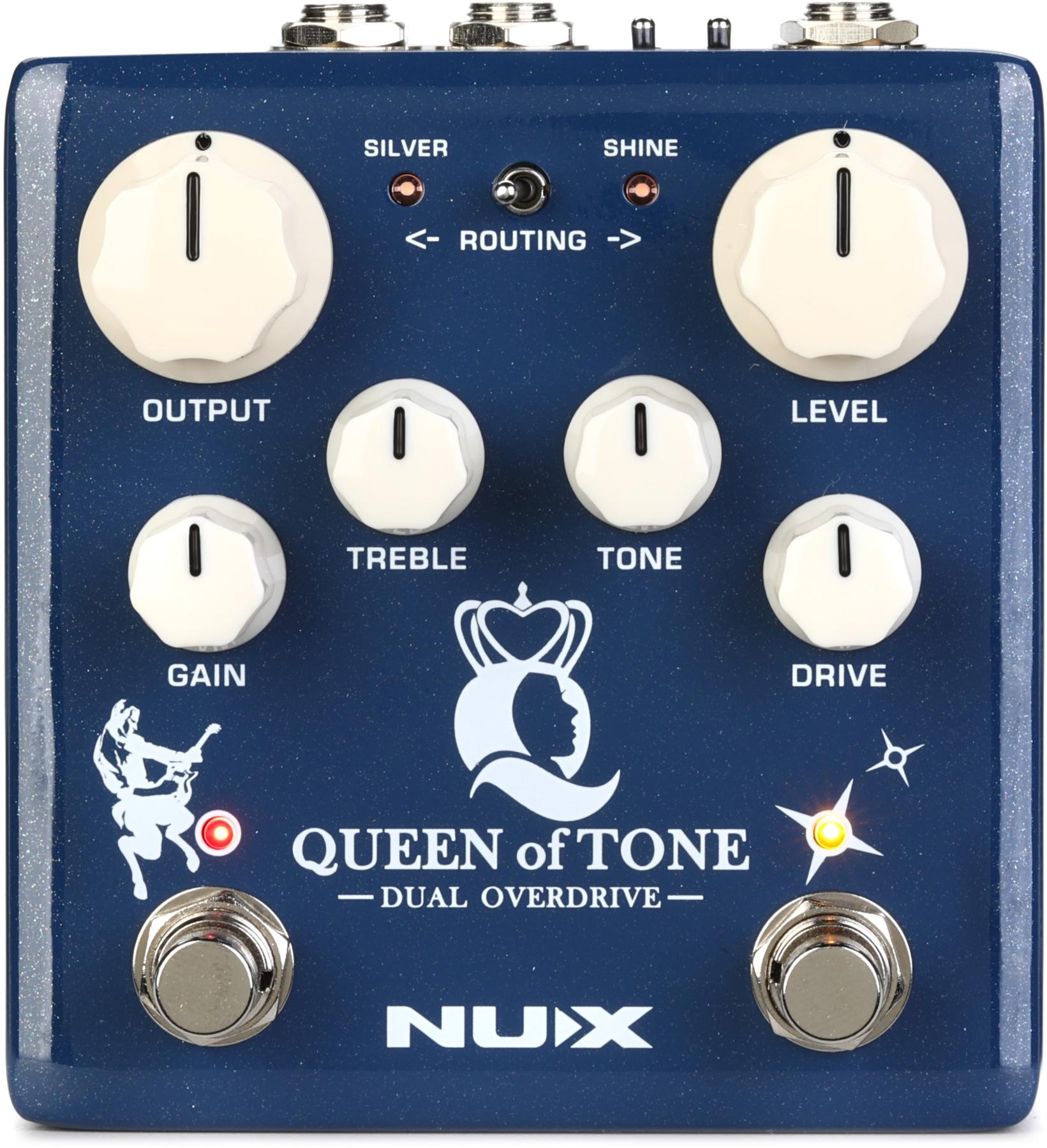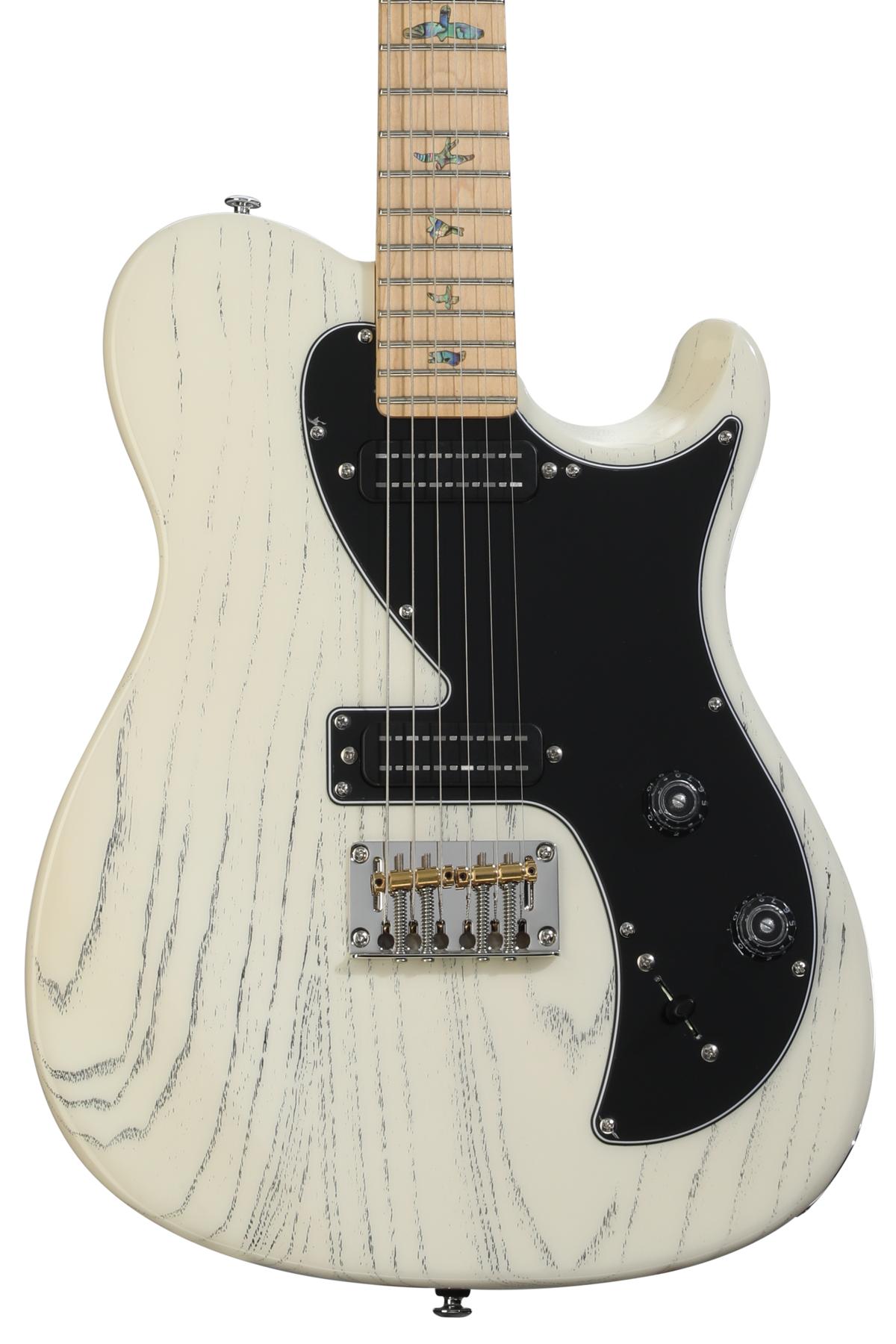Depending on your appetite for adventure, the Walrus Audio M1 modulation machine can look like a thrill ride or a very nasty little thing. The knobs and switches—as well as the graphics and text that describe their function—are packed like sardines onto the face of the pedal. And depending on your settings, the two bright LEDs can pulse like an entire Fillmore liquid light show stuffed into two little fish eyes.
If simplicity is your muse for the moment, M1 might not be the best travelling pal. But before you move on too fast, plug the M1 in. Twist any one of those knobs any direction you’d like and play a simple D chord. My guess is that, as terrifying as the M1 might look, it’ll take just that one strum to hook you. Because the M1 is fun. Lots of fun. And even if you never use its deep and impressive sound-crafting tools to fullest potential, the M1’s sounds and smart design still make it a cornucopia of easy-to-source, immersive modulations.
Walrus Audio Mako M1 Review by premierguitar
- Three chorus voices: Traditional, dual chorus, and tri-chorus, each played at various depth and rate settings with occasional tweaks to lo-fi and tone settings.
- Three vibrato voices: Traditional vibrato, vinyl record, tape vibrato, and pattern tremolo each played at various depth and rate settings with occasional tweaks to lo-fi and tone settings.
- Three tremolo voices: traditional tremolo, harmonic tremolo, and pattern tremolo each played at various depth and rate settings with occasional tweaks to lo-fi and tone settings.
Damn the Navigation Aids! Full Speed Ahead!
I could spend most of the space in this review describing the primary and secondary functions governed by the M1’s 11 switches, knobs, and toggles (not to mention the stereo I/O, MIDI in/thru jacks, and a USB jack for firmware updates). But the M1 is deep enough that the job is best left to the thorough, downloadable manual available on the Walrus web site. This excellent piece of documentation is worth cruising even before you buy the M1 to see if the deeper functions merit your investment. However, if you choose to take the plunge and explore M1 as intuitively as possible, the manual is a well-written map for your trip through modulation wonderland. Should you meander too far from the trail, it’ll likely get you back on track fast.
At the M1s core are six modulation voices. Chorus, phase, tremolo, vibrato, and rotary speaker sounds are all represented along with a modulated filter setting. Each voice spans pretty and demented sounds, and each is full of surprises. In their most traditional incarnations, the digital emulations of analog effects are beautifully accurate and replete with rich overtone detail. Secondary functions abound on the M1 and making the most of them really does require some study of the manual. But one of the best things about the M1’s designs is that if you get into the weeds with these secondary functions, it’s generally easy to get back on track using the pedal’s rate and depth modes, which lends a sense that it’s OK to proceed fearlessly.
Even in small measures, many of the lo-fi sounds can shape straightforward modulation in very cool ways.
Diving for Pearls
If and when you do get the courage to explore M1’s deeper possibilities, there’s much to enjoy. The primary path to this deeper functionality comes via the tweak and tune knobs and their associated switches. Both controls change function depending on what you select with the switch below. Tweak enables you to choose between sine, triangle, and square waveshapes; quarter-note, triplet, and eighth-note tap divisions (there are a wealth of subtle rhythmic textures here); or one of three modes for each basic program. These modes include tri-chorus in chorus mode, different horn/drum virtual miking configurations in rotary mode, tape- and warped-vinyl-inspired vibratos, harmonic tremolo, and high, low, and bandpass filters in the filter program, just to name a few. On the tune side, the 3-way switch enables the knob to be configured for adjustments to tone, wave symmetry, or “X” functions that include everything from stereo phase effects to phaser feedback and tape flutter. Should you start to worry about losing your place as you get into these deeper realms, remember that the M1 has the capacity for nine onboard presets (easily accessed using the A/B/C bank switch and the two footswitches in concert) and 128 total presets via MIDI.
Yet another realm of tone possibilities lives in the lo-fi strata of functionality. Accessing these functions on the fly is a little more cumbersome as they require selecting a function via the 3-way switch, holding down the bypass footswitch, and then using the tweak or tune knob to add the lo-fi element to taste. Not all these functions will serve all players. A lot of them tend toward the noisy, junky, and weird side of the sound spectrum. But even in small measures, many of the lo-fi sounds, like age, space (reverb), drive, and noise, can shape straightforward modulation in very cool ways. Once set up it’s easy to mix in these textures with the lo-fi knob. Don’t be afraid to set up highly weird sounds and add them incrementally.
The Verdict
One of the M1’s great achievements is that it can serve two muses—the obsessive, micro-level sound designer, and the reckless, intuitive sound tripper—simultaneously. This is no insignificant thing. And Walrus deserves praise for accomplishing this design feat in a compact stompbox. But the highest praise may be due for Walrus’s ability to make M1 so much fun and so sonically satisfying. And Walrus’s ability to walk this engineering and design tightrope makes the otherwise steep-looking $349 price a relative bargain.









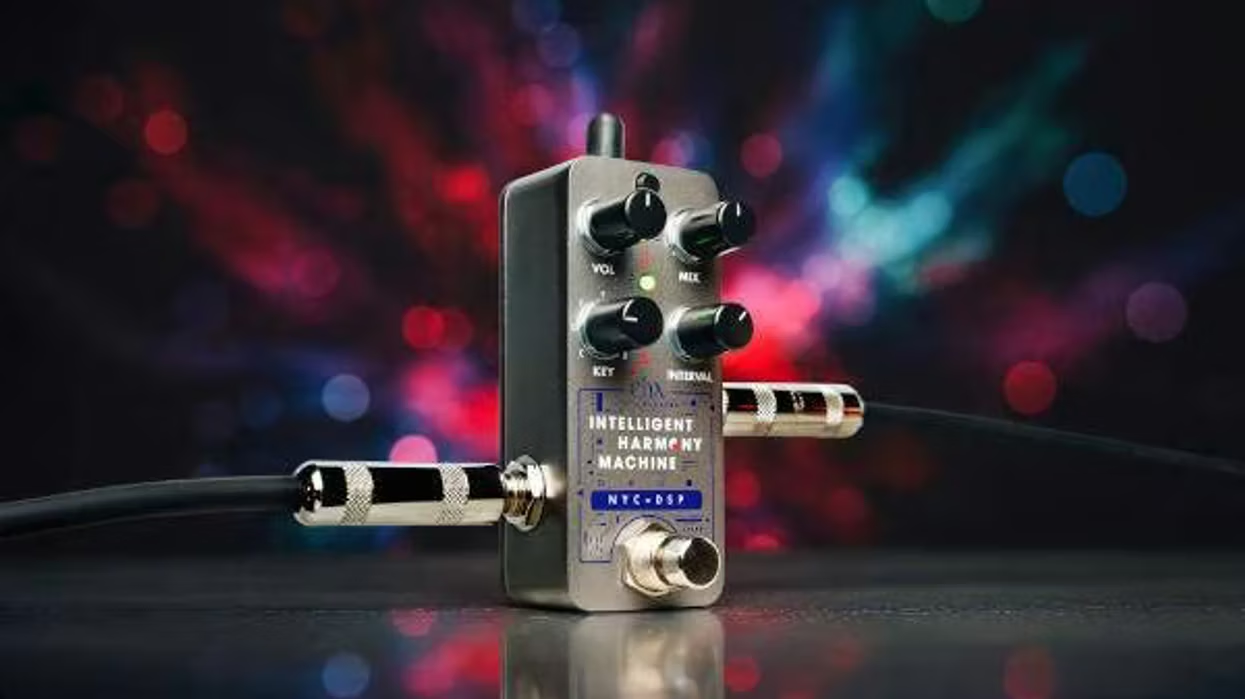



![Rig Rundown: John 5 [2026]](https://www.premierguitar.com/media-library/youtube.jpg?id=62681883&width=1245&height=700&quality=70&coordinates=0%2C45%2C0%2C45)
